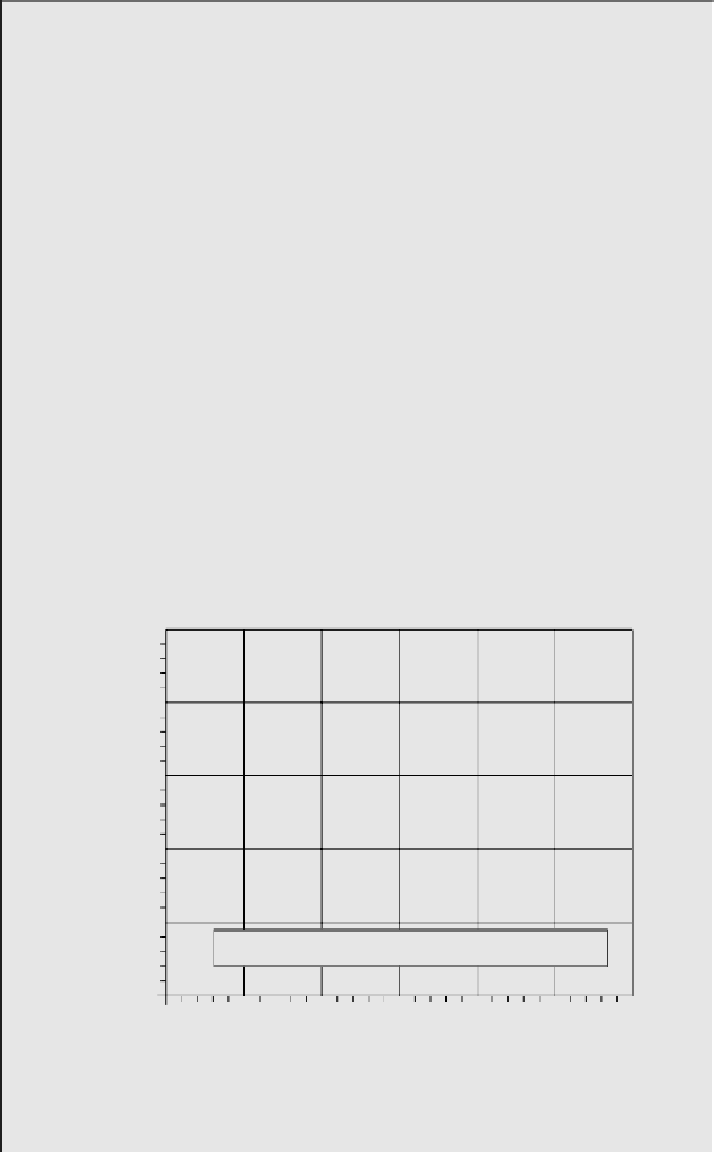Environmental Engineering Reference
In-Depth Information
E
XAMPLE
4.25 A
CTIVATED
C
ARBON FOR
T
REATING A
W
ASTEWATER
S
TREAM
At an industrial site in North Baton Rouge, Louisiana, it is proposed that the con-
taminated groundwater be pumped up to the surface and taken through an activated
carbon unit before being discharged into a nearby lagoon. This is generally referred
to as
pump-and-treat
(P&T) technology. The primary compound in the groundwater
is hexachlorobutadiene (HxBD) at a concentration of 1000
μ
g/L. The production rate
of groundwater is 200 gal/min for 10 h of operation. It is desired to achieve an efflu-
ent concentration of HxBD below the wastewater discharge limit of 27
μ
g/L. A batch
adsorptionsystemiscontemplatedtoeasetheloadonthedownstreamincinerator,which
is planned for further destruction of the organics in the effluent air before discharge.
Estimate (i) the carbon dosage required to achieve the desired level of effluent quality,
(ii) the amount of HxBD removed per day, and (iii) the mass and volume of carbon
required per day. The carbon bulk density is 20 lb/ft
3
.
A standard batch shaker flask experiment conducted gave the following adsorption
data for HxBD on a GAC (Dobbs and Cohen, 1980).
C
i
w
(mg/L)
W
i
(mg/g carbon)
0.098
93.8
0.027
50.6
0.013
34.2
0.007
25.8
0.002
17.3
2.5
2
1.5
1
0.5
Isotherm
Experimental
0
-3
-2.5
-2
-1.5
log
C
iw
-1
-0.5
0
FIGURE 4.13
The Freundlich isotherm fit for the adsorption of hexachlorobutadiene
from water onto GAC.




























Search WWH ::

Custom Search